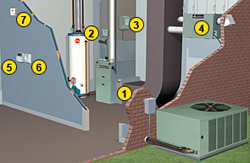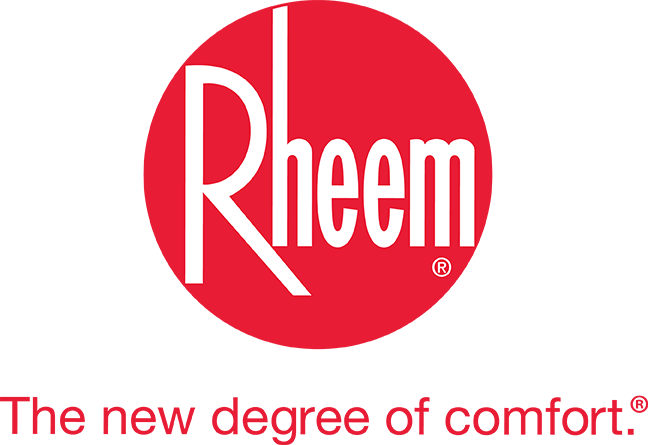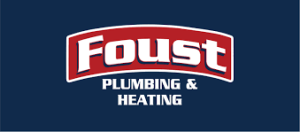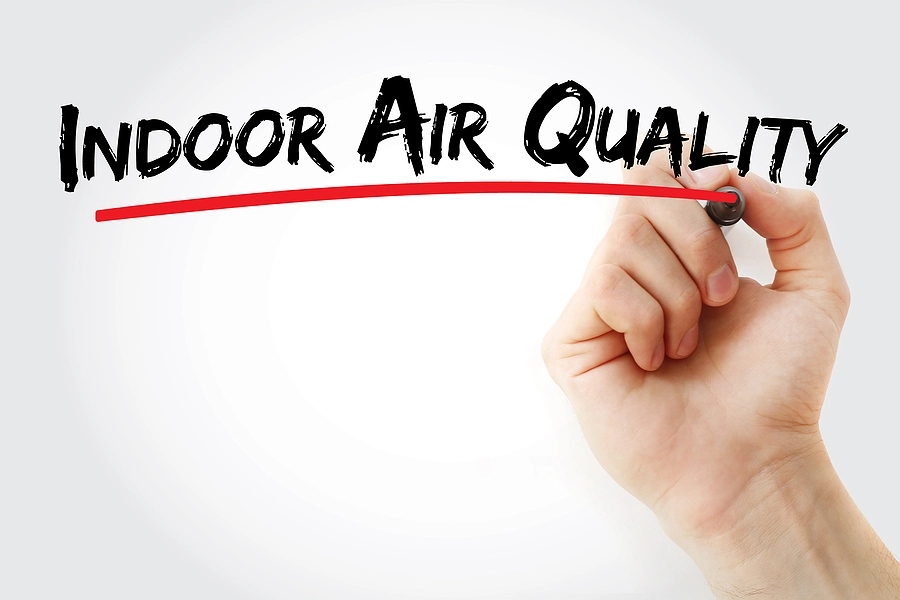Indoor Air Quality
Fresh Solutions to a Stale Problem
Believe it or not, EPA studies show that the air inside most homes is at least 10 times more polluted than the air outside – even in the smoggiest of cities.
Why?
Modern homes are built to be as airtight and energy efficient as possible. This means that stale air – often full of odors, chemicals, irritants and even microscopic insects – becomes trapped inside a home. Radon, CO2, mold and mildew can become trapped inside as well as gas-emitting chemicals like formaldehyde, which is used to make carpeting, drapes, furniture, household cleaners and building materials. Other indoor air pollutants can include pollen, viruses, dust and dust mites.
The polluted air circulates over and over, leading to sneezing, colds, flus, eye and throat irritation and outbreaks of allergies or asthma. Environmentalists even have a term for this problem: Indoor Air Quality or IAQ. Rheem understands how important IAQ is to you and your family and we’re working to bring you energy-efficient products that improve the quality of your air. Your Rheem professional is ready to help you choose the best product for your family.

1. Electronic Air Cleaner
It collects dust and other particulates to keep the air your family breathes cleaner and healthier.
2. UV System
Ultra-violet lights are effective in controlling allergens caused by viruses, bacteria, yeast and mold that may be in the home. For years, UV Systems have been used in hospitals, water treatment facilities, food processing plants, and other places where the strictest standards of air quality must be met. Now, the same technology can be brought to your home and family.
3. Humidifier
Adding humidification will reduce energy costs and static electricity. Behind air conditioning, winter humidification is the second most requested feature in homes.
4. ERV And HRV System
The Energy Recovery Ventilator (ERV) and Heat Recovery Ventilator (HRV) are fresh air exchange appliances. They take fresh air into a dwelling, clean and evenly circulate the fresh air and expel stale, polluted air while controlling humidity and minimizing heat loss. HRVs are primarily for cold northern climates, while ERVs are used in the middle and southern U.S.
5. Thermostat
Regardless of which room you are in, a programmable set-back thermostat provides year-round temperature control for total comfort.
6. ERV/HRV Wall Control
These ERV/HRV systems can be purchased with options including a dehumidistat and pollutant sensor.
7. Carbon Monoxide Alarm with Two-Stage Alarm
Stage one, a warning alarm: CO is building up but the homeowner has time to identify and correct the problem. Stage two, a danger alarm: CO has accumulated to a dangerous level and the homeowner must evacuate immediately.


